From traditional methods to real-time positioning technology
In traditional dentistry, implant placement is often performed using the "freehand" method - meaning the dentist uses experience and X-rays to place the implant by hand. Although suitable for simple cases, this method still has the potential risk of implant misalignment. According to Block's research in the Journal of Oral and Maxillofacial Surgery in 2017, the angular error can be up to 6.5°, the positional deviation is over 1.8 mm - significantly higher than the guided techniques. Misalignment can cause complications, prolong recovery and affect the treatment's effectiveness.
Next is the surgical guide, which is pre-designed using implant planning software, then printed out in plastic to assist in placing the implant in the correct position. However, the guide is limited in flexibility, not allowing the doctor to adjust during the procedure when unexpected situations arise.
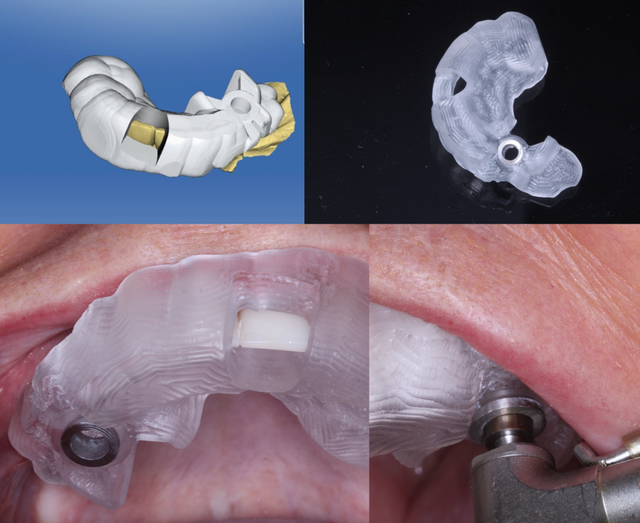
Surgical guides: Tools to fix implant drilling positions, but lack flexibility when clinical changes occur
In this context, X-Guide technology appears as a breakthrough. This system works as a real-time dynamic navigation device, allowing the doctor to track the drilling position on the 3D screen and make adjustments on the fly. According to Emery's research published in the Journal of Oral Implantology , X-Guide achieved an average positional error of less than 0.4 mm and an angle error of ~0.9°. Notably, the deviation rate was nearly 11 times lower than free hand placement .
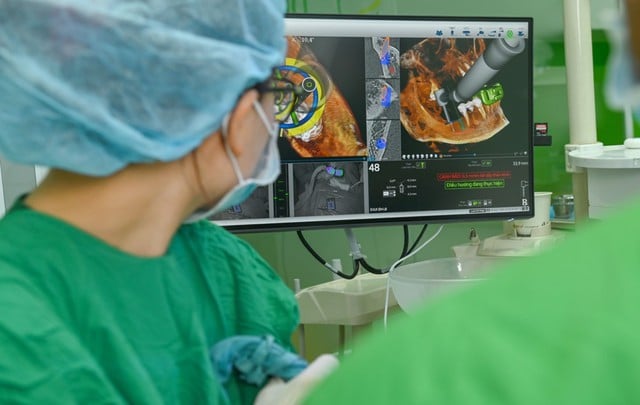
The X-Guide system displays real-time 3D positioning images, helping doctors precisely control the position, direction and depth of the drill during implant placement.
PHOTO: DANANG IMPLANT DENTAL CLINIC
Pain relief, quick recovery, high success rate
Thanks to its high precision, the X-Guide helps avoid many complications such as drilling in the wrong direction, affecting the nerve or maxillary sinus. In most cases, the X-Guide can be operated in a less invasive way, helping patients reduce post-operative pain and shorten recovery time. In many cases, patients can return to normal activities after 1-2 days.
In Pozzi's study published in The Journal of Esthetic and Restorative Dentistry in 2021 Evaluation of 60 implants showed that the success rate after 16 months was ~98.3%, with a very low average bone loss (0.53 mm).
The X-Guide is particularly suitable for patients with high anxiety or a history of internal medicine , as it reduces operating time and anxiety in the operating room. A more relaxed state of mind also contributes to a faster and more effective recovery process.
X-Guide is now available in central Vietnam
X-Guide is now being applied in many countries and some advanced dental facilities in Vietnam.
In the central region , Danang Implant Dentistry is the unit that owns and applies X-Guide technology in the implant procedure. This investment not only affirms the effort to apply new technology in treatment, but also opens up opportunities to access high-precision medicine for local patients.
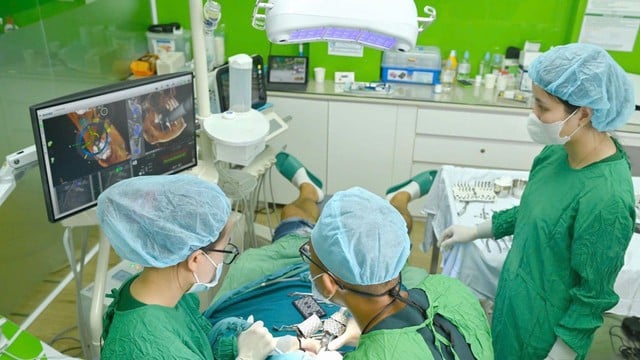
X-Guide - "GPS positioning" in implant surgery, helps increase safety and treatment effectiveness
PHOTO: DANANG IMPLANT DENTAL CLINIC
With X-Guide, the dental implant procedure is no longer a worry, but becomes a modern medical experience: safe, precise and gentle.
Danang Implant Dentistry is a pioneer in the central region applying X-Guide positioning technology in implant placement.
Address: 420 2/9 Street, Hoa Cuong Ward, Da Nang
Website: www.nhakhoaimplantdanang.com
Phone: 0899 412 412.
Source: https://thanhnien.vn/ung-dung-gps-nha-khoa-x-guide-buoc-tien-moi-trong-cay-ghep-implant-185250728122837061.htm


![[Photo] Opening of the 14th Conference of the 13th Party Central Committee](https://vphoto.vietnam.vn/thumb/1200x675/vietnam/resource/IMAGE/2025/11/05/1762310995216_a5-bnd-5742-5255-jpg.webp)

![[Photo] Panorama of the Patriotic Emulation Congress of Nhan Dan Newspaper for the period 2025-2030](https://vphoto.vietnam.vn/thumb/1200x675/vietnam/resource/IMAGE/2025/11/04/1762252775462_ndo_br_dhthiduayeuncbaond-6125-jpg.webp)
![[Photo] The road connecting Dong Nai with Ho Chi Minh City is still unfinished after 5 years of construction.](https://vphoto.vietnam.vn/thumb/1200x675/vietnam/resource/IMAGE/2025/11/04/1762241675985_ndo_br_dji-20251104104418-0635-d-resize-1295-jpg.webp)


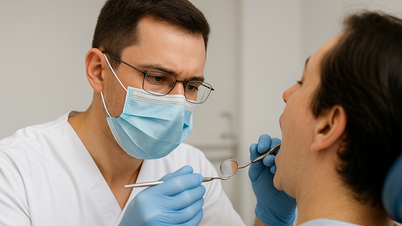


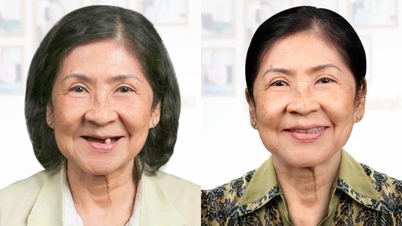







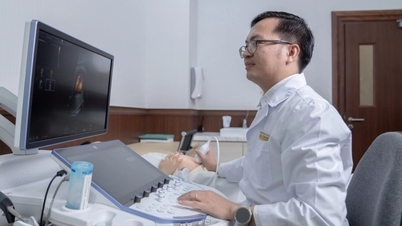

































































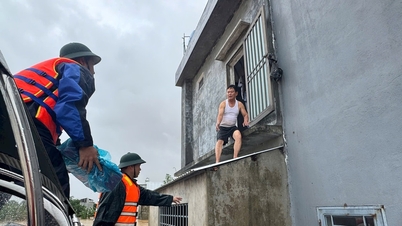















Comment (0)